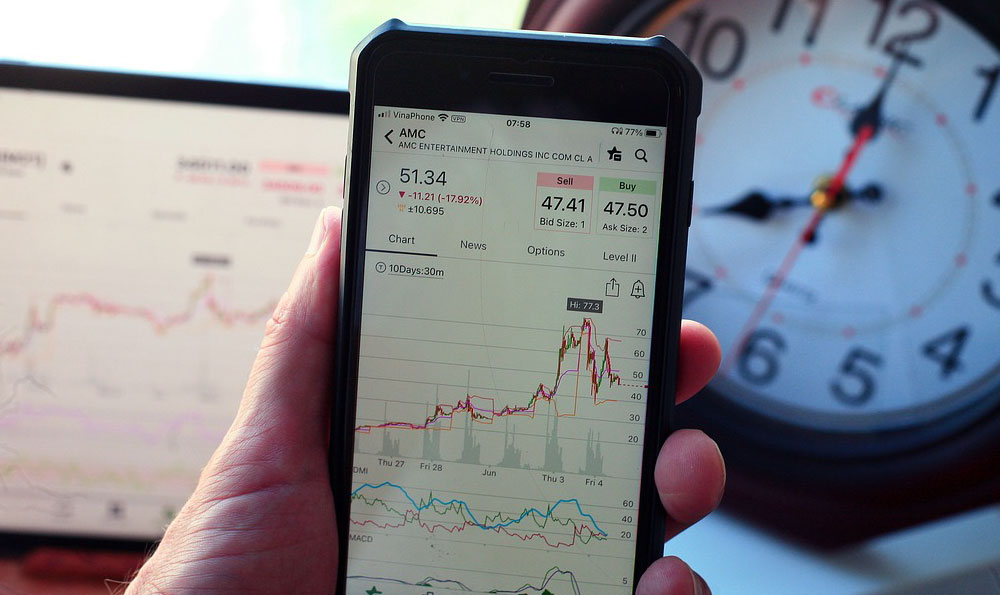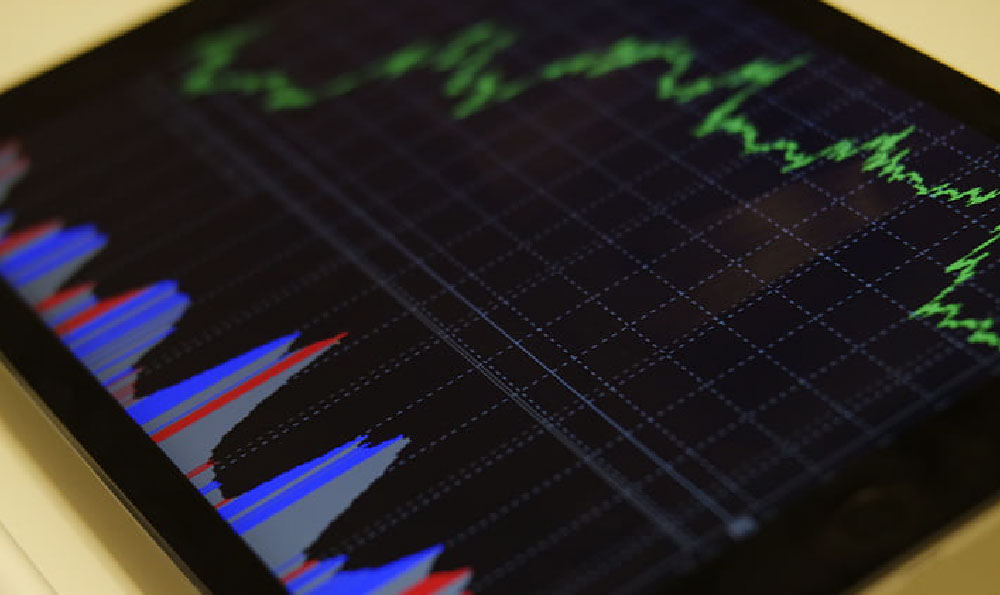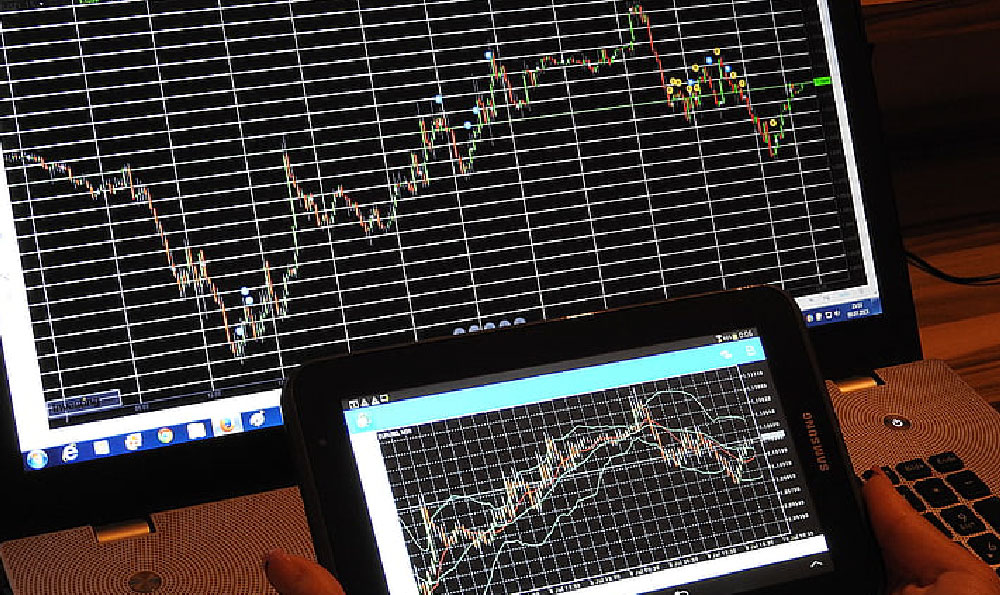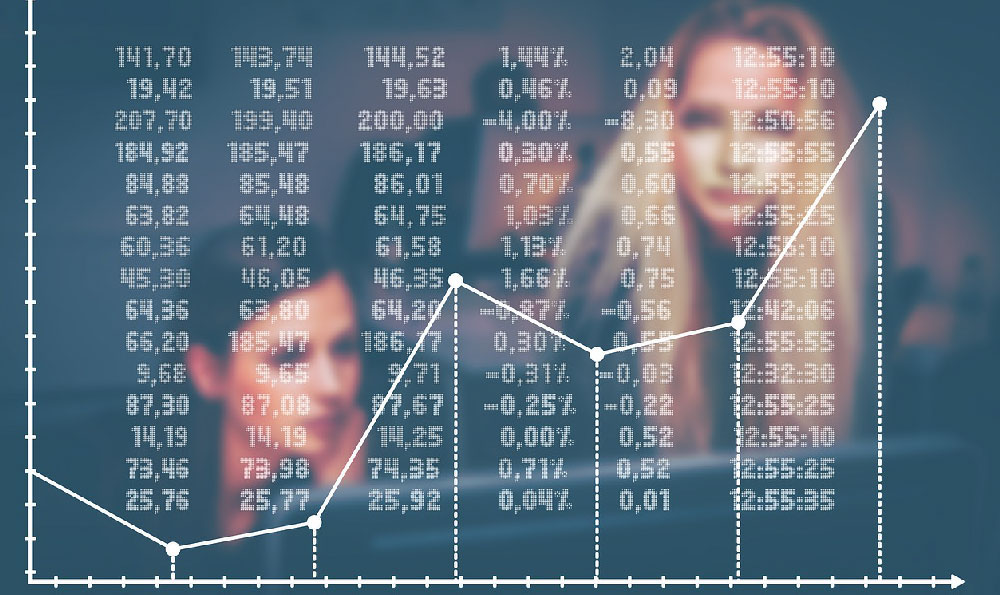Day trading, the practice of buying and selling financial instruments within a single trading day, has long fascinated investors seeking quick returns. While the idea of generating profit through short-term market movements may seem enticing, it requires a deep understanding of market mechanics, disciplined approach, and strategic execution. The profitability of day traders stems from their ability to capitalize on price fluctuations, exploit market inefficiencies, and navigate volatile conditions with precision. However, the high risk associated with this activity also demands careful planning and risk management to avoid substantial losses. To explore how day traders make money, it is essential to examine the key strategies that drive their success and the habits that differentiate profitable traders from those who fail.
One of the fundamental principles of day trading is the reliance on technical analysis to predict short-term price trends. Traders use charts, indicators, and historical data to identify patterns such as breakouts, reversals, and trend continuations. For instance, a breakout strategy involves buying an asset when its price breaks through key support or resistance levels, signaling a potential shift in market direction. Similarly, trend-following traders focus on securities moving in a consistent upward or downward direction, entering positions to ride the momentum. The success of these strategies depends heavily on accurate timing and the ability to filter out noise in the market. A trader’s edge often comes from refining these techniques through practice and adapting to evolving market conditions. This continuous learning process allows traders to improve their decision-making and increase the likelihood of profitable trades.
Another critical factor is the utilization of market volatility to generate income. Volatility refers to the degree of price fluctuation in a financial instrument, and day traders often thrive in such environments by identifying opportunities to buy low and sell high. For example, during periods of high volatility, a trader might short a stock that is overbought, anticipating a correction. Alternatively, they could go long on a security that is oversold, expecting a rebound. The key to leveraging volatility lies in understanding the underlying causes, such as news events, earnings reports, or geopolitical shifts, which can trigger sudden price changes. By staying informed and reacting swiftly to these catalysts, day traders can position themselves to profit from short-term market swings. However, it is important to note that volatility can also lead to unpredictable outcomes, making it a double-edged sword that requires careful management.

Risk management plays a central role in the profitability of day traders. Unlike long-term investors who may afford to hold positions for extended periods, day traders must protect their capital by limiting exposure to potential losses. One popular technique is the stop-loss order, which automatically sells an asset when it reaches a predetermined price level, preventing further losses. Additionally, traders often use position sizing to ensure that no single trade jeopardizes their overall account balance. For example, a trader might allocate only 2% of their capital to a single trade, allowing them to recover from small losses while still participating in larger gains. The discipline of adhering to these rules is what separates successful day traders from those who chase profits recklessly, leading to significant drawdowns. By prioritizing risk control over immediate gains, traders can maintain long-term sustainability in their trading activities.
The psychological aspects of day trading cannot be overlooked, as emotional discipline is crucial for consistent profitability. Traders must resist the urge to overtrade, which can lead to impulsive decisions and unnecessary losses. A well-defined trading plan, based on predefined criteria such as entry triggers, risk levels, and exit strategies, helps maintain objectivity. Moreover, the ability to manage stress, avoid greed, and adhere to a strict routine is vital for success. For instance, a trader may set specific hours for trading and focus on analysis rather than decision-making during those times. This structured approach reduces the influence of emotions and aligns actions with logical strategies. Over time, consistent application of these psychological techniques can enhance a trader’s ability to withstand market turbulence and stay focused on their goals.
In practice, the profitability of day trading often depends on the trader’s ability to remain patient and avoid common pitfalls. Many novice traders struggle with emotional decisions, such as holding onto losing positions or exiting winning trades too early. A successful day trader, on the other hand, maintains a balanced mindset, focusing on long-term growth while adhering to short-term strategies. For instance, a trader might emphasize the importance of a margin of safety, ensuring that each trade has a clear risk-reward ratio before execution. This calculated approach allows traders to build a consistent edge over time. Furthermore, the ability to adapt to changing market dynamics, such as shifts in liquidity or regulatory changes, is essential for sustained profitability. By continuously evaluating and refining their strategies, day traders can navigate these challenges effectively.
The integration of both technical skills and emotional discipline is what enables day traders to make money consistently. While the technical tools provide the framework for identifying opportunities, the psychological strength ensures that traders remain focused and rational in their execution. For example, a trader might combine a breakout strategy with strict risk management rules, limiting their exposure to the unpredictable nature of price movements. Additionally, the use of advanced tools such as algorithmic trading or automated systems can help enhance efficiency and reduce human error. These technologies allow traders to execute strategies with precision, even in high-pressure environments. However, the reliance on technology does not eliminate the need for human judgment, as market conditions can often defy patterns and require adaptive thinking.
Ultimately, the profitability of day trading hinges on a combination of factors, including strategic execution, risk management, and psychological strength. While the potential for quick profits exists, it is not guaranteed without significant expertise and discipline. To increase the chances of success, traders must commit to continuous learning, refine their strategies through practice, and maintain a balanced mindset. By doing so, they can navigate the complexities of day trading and build a sustainable path toward profitability.












